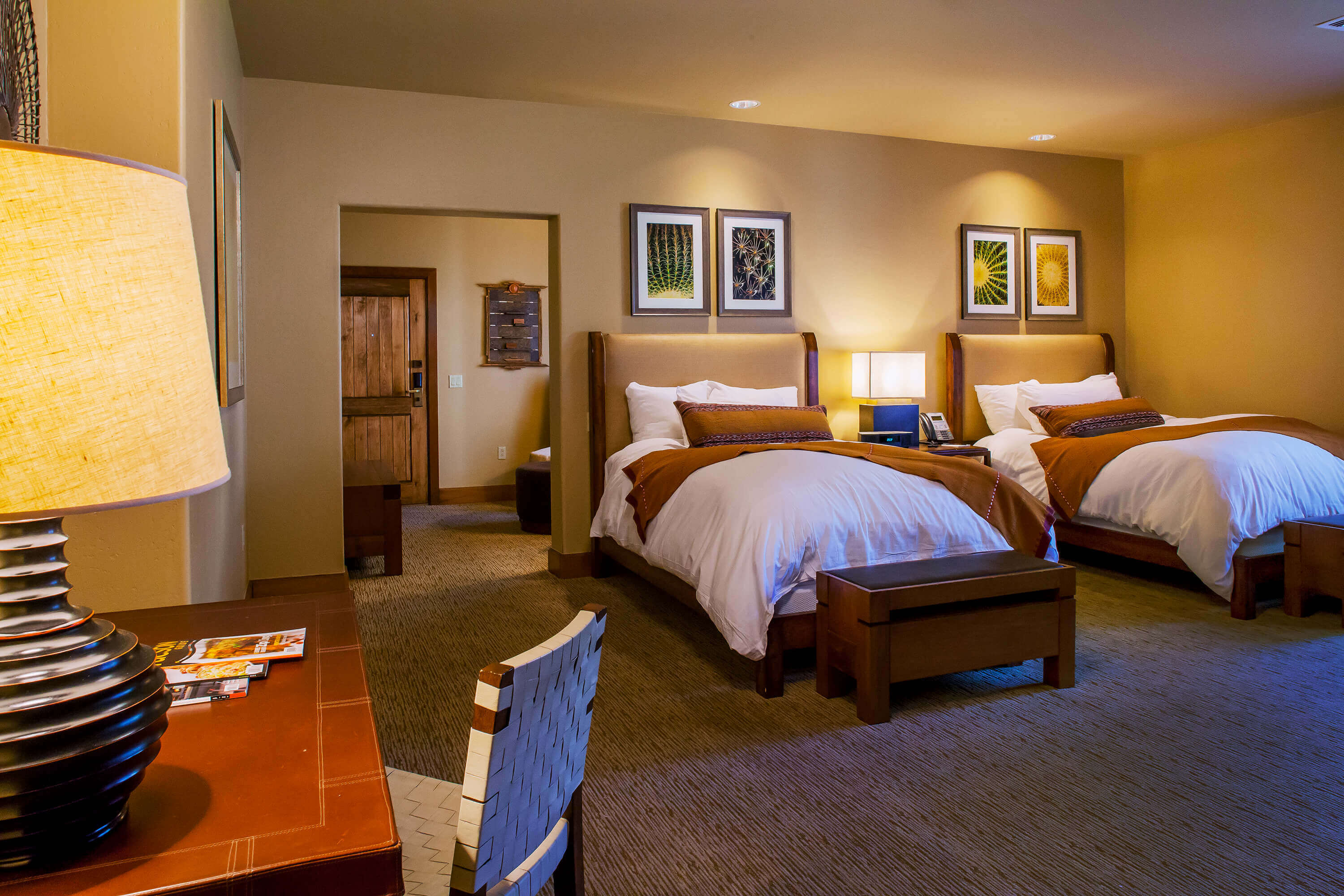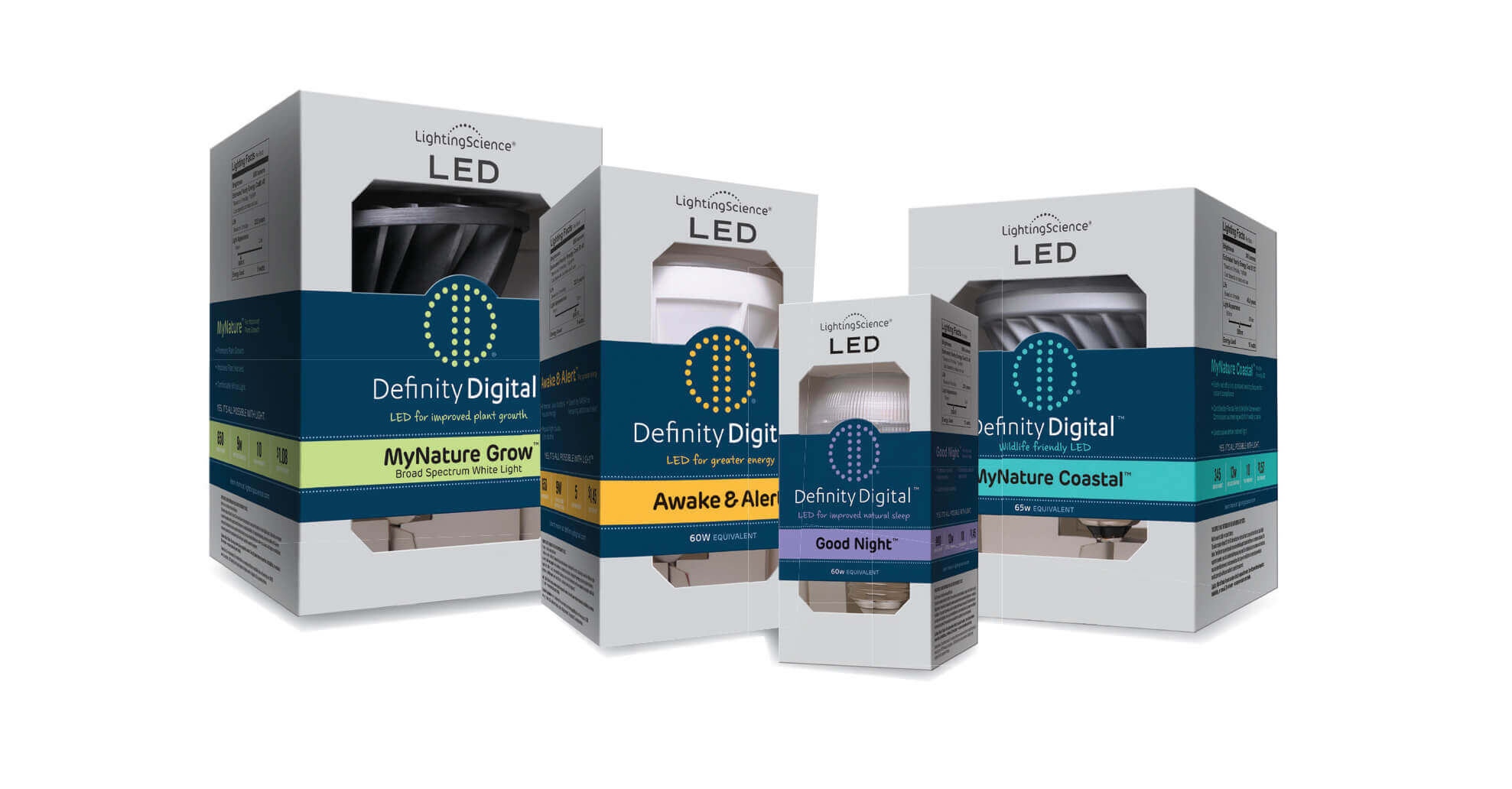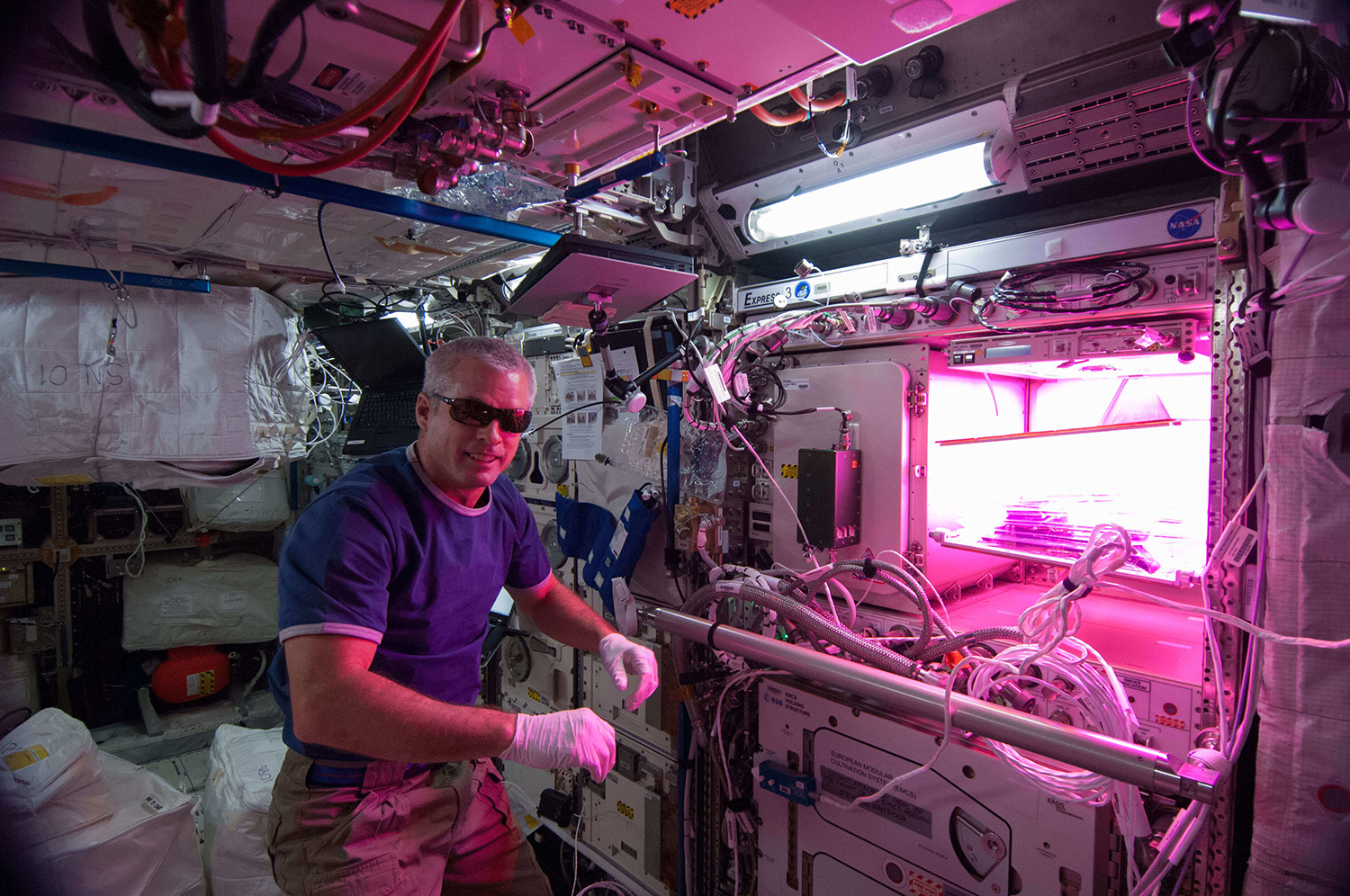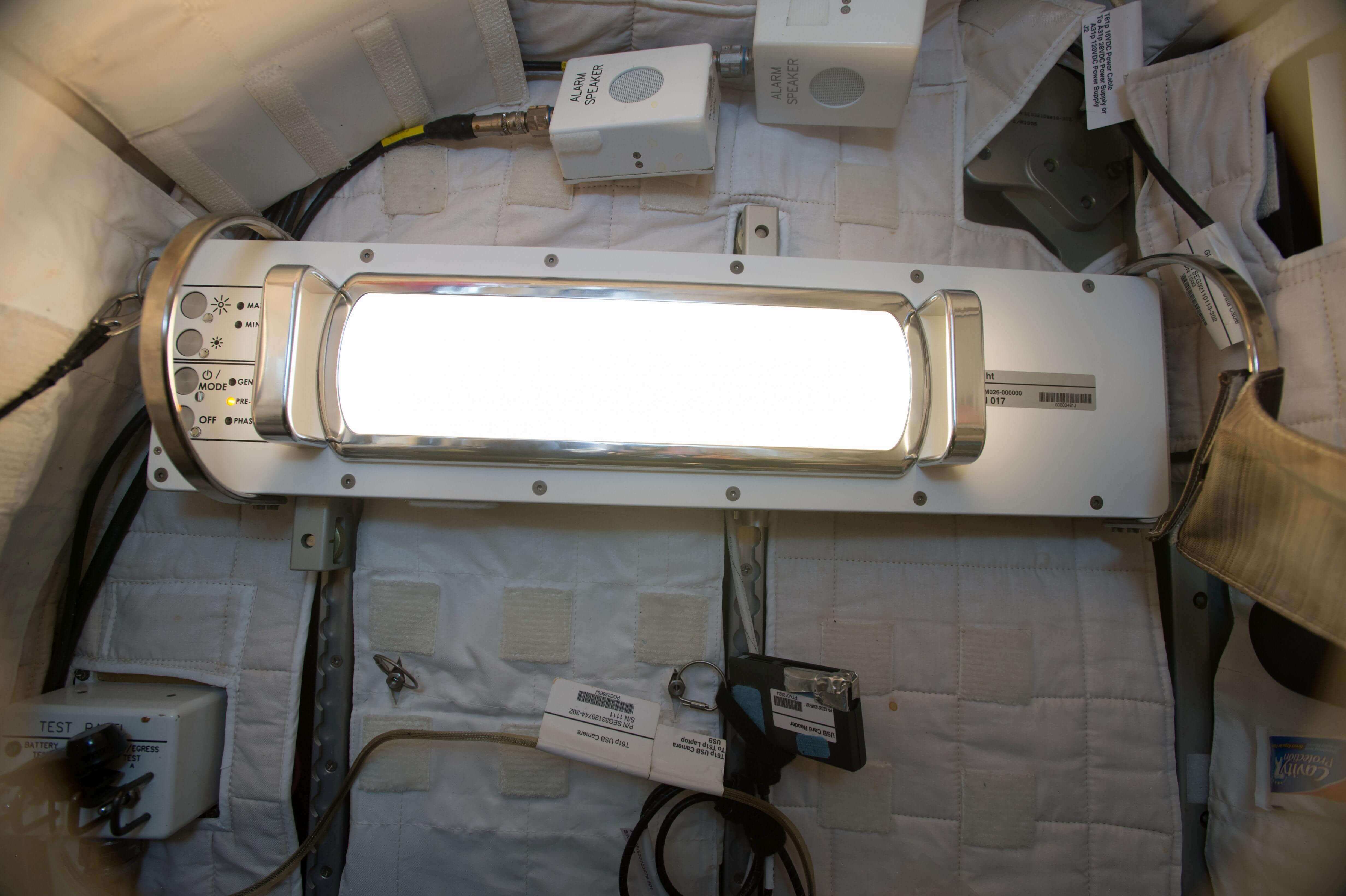



Several scientists and engineers who had worked on LED lighting systems for NASA, both for growing plants and for providing astronauts with light on the space station, moved to a company that now markets lighting both for indoor agriculture and to help regulate users' sleep cycles. The space station has a lighting module that varies its wavelengths to stabilize astronauts' sleep cycles, and now customers have access to this technology.
Astronauts in space tend to have trouble with their circadian rhythm because they don't experience the 24-hour day-night cycle. Interested in managing this problem, NASA has funded and carried out research demonstrating that a previously unknown photoreceptor in the eye responds to light in a blue-green wavelength abundant in daylight by influencing neurotransmitters to prompt wakefulness. Several products now take advantage of this discovery.
Learn more about how NASA helped develop technology that impacts led light bulbs within your home's bedroom environment!